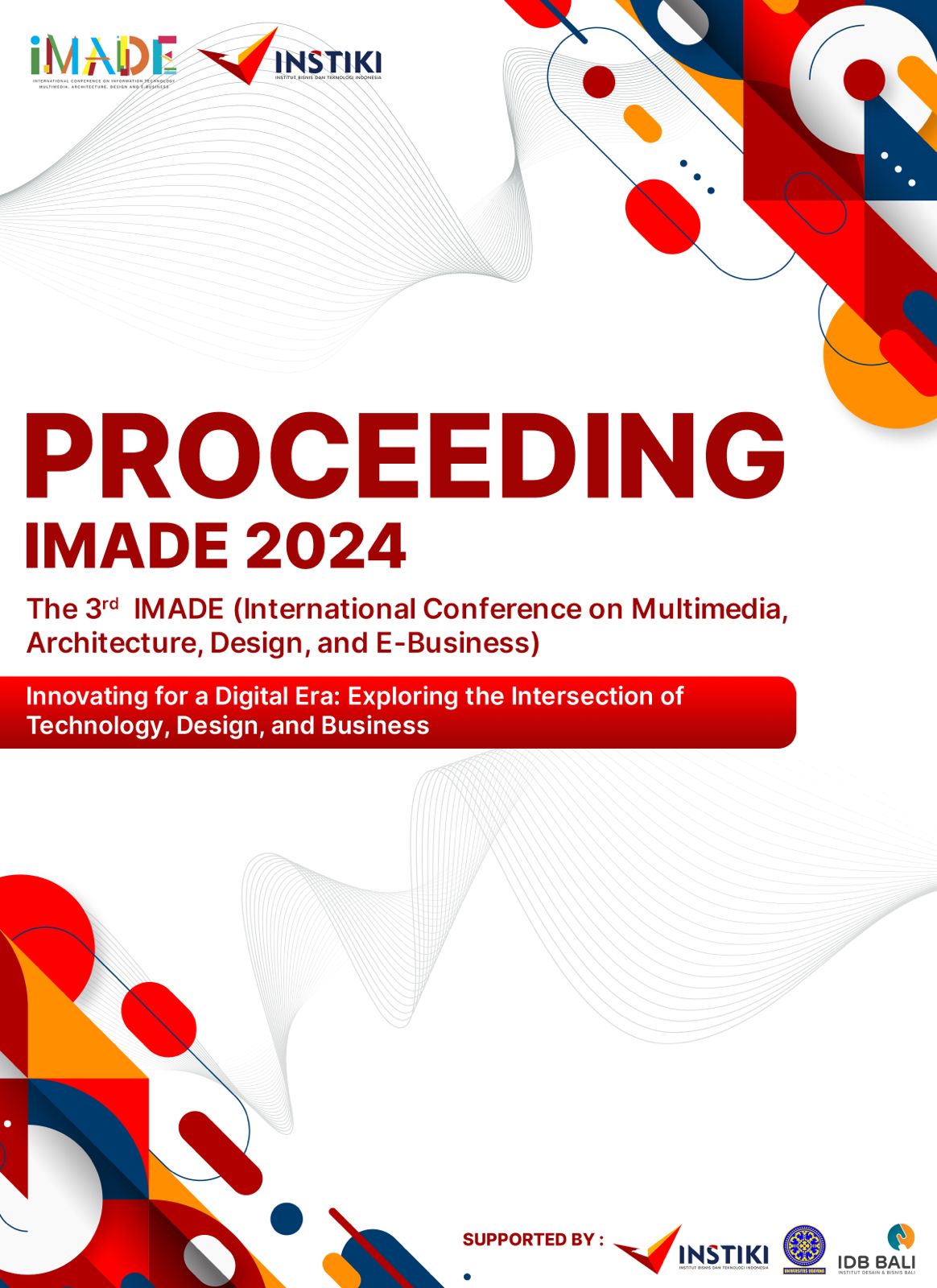THE EFFECT OF USING SOCIAL MEDIA BY BRANDS ON CUSTOMER ENGAGEMENT: CONTENT QUALITY, PERSONALIZATION, AND CONSTANT PRESENCE AS KEY FACTORS
Keywords:
social media, content quality, personalized communication, constant presence, customer engagementAbstract
This study investigates the impact of social media usage by companies on customer engagement, focusing on three key constructs: Content quality, personalized communication, and constant Presence. Employing a quantitative research methodology, data were collected through a structured survey distributed from mid-September to mid-October, yielding a sample that facilitated analysis using Partial Least Squares Structural Equation Modeling (PLS-SEM). The findings reveal that high-quality content significantly enhances customer engagement, aligning with the notion that engaging and relevant material fosters trust and loyalty. Furthermore, personalized communication was also found to be critical, as tailored messages resonate with consumers and contribute to stronger relationships. Additionally, a constant presence on social media emerged as essential for maintaining engagement, reinforcing brands' accessibility and responsiveness. The study underscores the importance of integrating these elements into social media strategies to cultivate deeper customer connections and drive long-term loyalty in an increasingly competitive digital landscape.
References
Abd Al Rahman, M. (2024). Content marketing is a strategic marketing approach focused on creating and distributing valuable, relevant, and consistent content to attract and retain a clearly defined audience, ultimately aiming to drive profitable customer action. University of Roehampton.
Ali, N., & Shabn, O. S. (2024). Customer lifetime value (CLV) insights for strategic marketing success and its impact on organizational financial performance. Cogent Business & Management, 11(1). DOI: https://doi.org/10.1080/23311975.2024.2361321
Appel, G., Grewal, L., Hadi, R., & Stephen, A. (2019). The future of social media in marketing. Journal of the Academy of Marketing Science, 48. DOI : https://doi.org/10.1007/s11747-019-00695-1
Baker, M. J., & Saren, M. (2016). Marketing Theory : A Student Text. SAGE Publications. DOI: https://doi.org/10.4135/9781446280096
Bagozzi, R. P., & Yi, Y. (1988). On the Evaluation of Structural Equation Models. Journal of the Academy of Marketing Science, 16(1), 74-94. DOI : https://doi.org/10.1007/BF02723327
Bleier, A., De Keyser, A., & Verleye, K. (2018). Customer Engagement Through Personalization and Customization. DOI: https://doi.org/10.1007/978-3-319-61985-9_4
Brodie, R. J., Hollebeek, L. D., Juric, B., & Ilic, A. (2013). Customer Engagement: Conceptual Domain, Fundamental Propositions, and Implications for Research. Journal of Service Research, 18(1), 1-20. DOI: https://doi.org/10.1177/109467051141170
Chaffey, D. (2024). Global social media statistics research summary May 2024. Smart Insights. Retrieved from https://www.smartinsights.com/social-media-marketing/social-media-strategy/new-global-social-media-research/
Cheryl, R. (2024). Pivoting your customer engagement strategy for the digital age. Forbes. Retrieved from https://www.forbes.com/sites/cherylrobinson/2024/07/18/pivoting-your-customer-engagement-strategy-for-the-digital-age/
Dwivedi, Y. K., Ismagilova, E., Hughes, D. L., Carlson, J., Filieri, R., Jacobson, J., Jain, V., Karjaluoto, H., Kefi, H., Krishen, A. S., Kumar, V., Rahman, M. M., Raman, R., Rauschnabel, P. A., Rowley, J., Salo, J., & Tran, G. A. (2021). Setting the future of digital and social media marketing research: Perspectives and research propositions. International Journal of Information Management, 59, 102168. https://doi.org/10.1016/j.ijinfomgt.2021.102168
Fornell, C., & Larcker, D. F. (1981). Evaluating Structural Equation Models with Unobservable Variables and Measurement Error. Journal of Marketing Research, 18(1), 39-50. https://doi.org/10.1177/002224378101800104
Garrido-Moreno, A., Lockett, N., & García-Morales, V. (2019). Social Media Use and Customer Engagement. DOI: https://doi.org/10.4018/978-1-5225-7766-9.ch050
Hair, J. F., Anderson, R. E., Tatham, R. L., & Black, W. C. (1998). Multivariate Data Analysis (5th ed.). Prentice Hall.
Hair, J. F., Hult, G. T. M., Ringle, C. M., & Sarstedt, M. (2017). A Primer on Partial Least Squares Structural Equation Modeling (PLS-SEM) (2nd ed.). Sage. ISBN : 9781544396408
Hair, J. F., Risher, J. J., Sarstedt, M., & Ringle, C. M. (2019). When to use and how to report the results of PLS-SEM. European Business Review, 31(1), 2-24.DOI: https://doi.org/10.1108/EBR-11-2018-0203
Hollebeek, L. D. (2011). Exploring Customer Brand Engagement: Definition and Themes. Journal of Brand Management, 18(7), 555-573.
Hossain, M., & Kibria, H. (2024). Exploring the Evolution of Brand Loyalty in the Age of Social Media. Journal of Service Science and Management, 17, 219-247. DOI: https://doi.org/10.4236/jssm.2024.173011
Kaplan, A. M., & Haenlein, M. (2010). Users of the world, unite! The challenges and opportunities of Social Media. Business Horizons, 53(1), 59-68. DOI : https://doi.org/10.1016/j.bushor.2009.09.003
Kumar, V., & Reinartz, W. (2016). Creating Enduring Customer Value. Journal of Marketing, 80(6), 36-68. DOI : 10.1509/jm.15.0414
Lemon, K. N., & Verhoef, P. C. (2016). Understanding Customer Experience Throughout the Customer Journey. Journal of Marketing, 80(6), 69-96. DOI : https://doi.org/10.1509/jm.15.0420
Malthouse, E. C., Haenlein, M., Skiera, B., & Weinberg, C. (2013). Managing Customer Relationships in the Social Media Era: The Importance of Interaction Quality. Journal of Interactive Marketing, 27(4), 270-280. DOI: https://doi.org/10.1016/j.intmar.2013.09.008
Meirani, M., & Abror, A. (2019). The effect of customer brand engagement, customer satisfaction, and brand love on Honda customer-based brand equity. In Advances in Economics, Business and Management Research (Vol. 97, pp. 341-348). Atlantis Press. DOI: https://doi.org/10.2991/piceeba-19.2019.40
Nobile, T. H., & Cantoni, L. (2023). Personalisation (in)effectiveness in email marketing. Digital Business, 3(2), 100058. https://doi.org/10.1016/j.digbus.2023.100058
Nunnally, J. C., & Bernstein, I. H. (1994). Psychometric Theory (3rd ed.). McGraw-Hill.
Oliver, R. L. (1999). Whence Customer Loyalty? Journal of Marketing, 63, 33-44. DOI: https://doi.org/10.2307/1252099
Peppers, D., & Rogers, M. (2016). Managing Customer Experience and Relationships: A Strategic Framework. Wiley.
Sarstedt, M., Ringle, C. M., & Hair, J. F. (2017). Partial Least Squares Structural Equation Modeling. In Homburg, C., Klarmann, M., & Vomberg, A. (Eds.), Handbook of Market Research (pp. 1-40). Springer.
Shahbaznezhad, H., Dolan, R., & Rashidirad, M. (2021). The Role of Social Media Content Format and Platform in Users’ Engagement Behavior. Journal of Interactive Marketing, 53, 47-65. DOI: https://doi.org/10.1016/j.intmar.2020.05.001
Sheng, J. (2019). Being active in online communications: Firm responsiveness and customer engagement behaviour. Journal of Interactive Marketing, 46, 40-51. DOI: https://doi.org/10.1016/j.intmar.2018.11.004
Van Doorn, J., Lemon, K. N., Mittal, V., Nass, S., & Pick, D. (2010). Customer Engagement Behavior: Theoretical Foundations and Research Directions. Journal of Service Research, 13(3), 253-266. DOI: https://doi.org/10.1177/1094670510375599
Sunarso, B., Tusriyanto, & Mustafa, F. (2023). Analysing the Role of Visual Content in Increasing Attraction and Conversion in MSME Digital Marketing. Journal of Contemporary Administration and Management (ADMAN), 1(3), 193–200. DOI: https://doi.org/10.61100/adman.v1i3.79
Downloads
Published
How to Cite
Issue
Section
License
Copyright (c) 2024 Mohamed Bouaddi, Mekdad Sanaa, Khaldi Siham

This work is licensed under a Creative Commons Attribution-NonCommercial-ShareAlike 4.0 International License.





